It was only a matter of time before the modern automobile, glutted with microchips, sensors, and software as fragile as a soufflé, ran headlong into the sort of viral stupidity that’s made the internet a hazard to common sense.
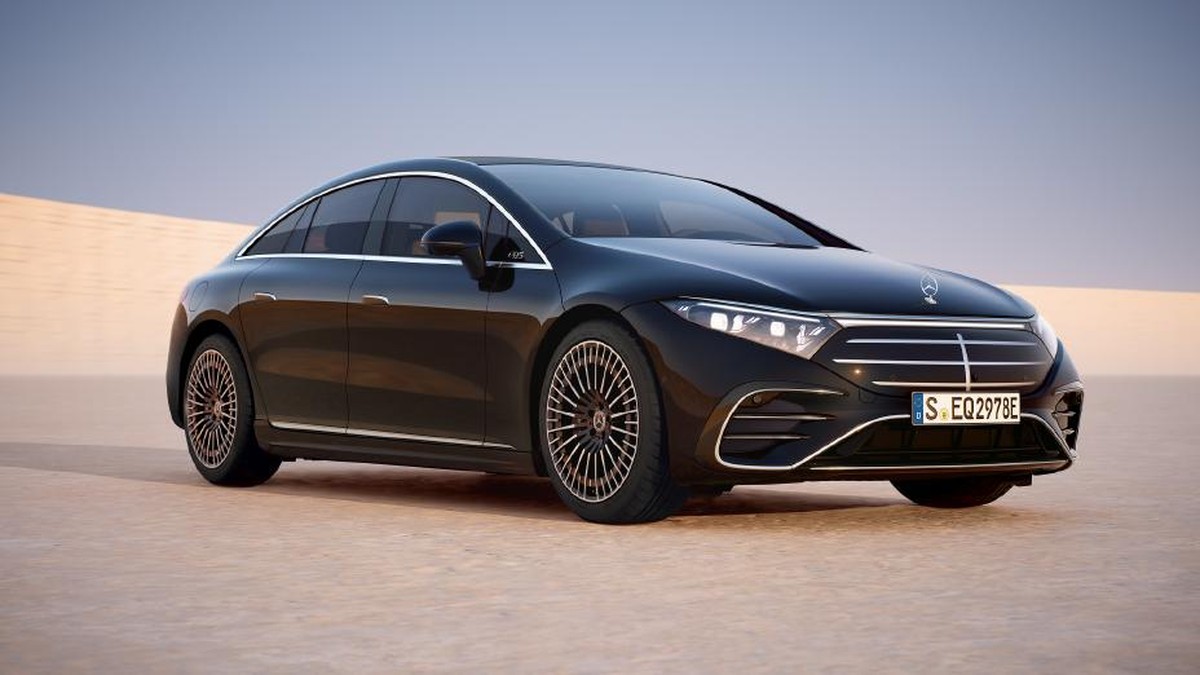
The latest casualty? A brand-new, $100,000 Mercedes-Benz EV, fell not by mechanical failure, but by a device most people wouldn’t even think twice about plugging into a laptop.
Teen’s USB Attack on $100K Mercedes EV
It all began with a Reddit post that quickly caught attention:
“Teen decided to follow a challenge they saw online and test a USB-killer on my car. Now, the only part working is the driver’s display, giving errors regarding all possible systems (including the 12V one) and constantly flashing error lights. It also isn't drivable, regardless of the green READY light. My vehicle is an EV. Does this make the general situation any better or worse?”
In the accompanying photo, the digital dash glows with more warning lights than a space shuttle abort panel, except there’s no reset sequence for this kind of disaster.
The Mercedes EV Experience
- The Mercedes-EQ series offers a diverse selection of fully electric vehicles, including the EQS luxury sedan, EQE executive sedan, EQB compact SUV, and EQS SUV. These models cater to various preferences, providing options for both performance enthusiasts and families seeking spacious, eco-friendly transportation.
- Mercedes-EQ vehicles are equipped with cutting-edge features such as the MBUX Hyperscreen, a seamless, high-resolution display that spans the dashboard, and advanced driver-assistance systems. The lineup also includes models with dual-motor setups, offering rapid acceleration and all-wheel-drive capabilities.
- Emphasizing sustainability without compromising on luxury, the EQ series incorporates eco-friendly materials and efficient electric drivetrains. Mercedes-Benz continues to expand this lineup, with future models like the EQG electric SUV and the Vision V luxury van concept, aiming to redefine electric mobility standards.
For those lucky enough to be unfamiliar, a USB killer is not your garden-variety thumb drive. It’s a little stick of digital dynamite, charging up a capacitor, then dumping a high-voltage pulse down the lines of whatever it’s plugged into. In a laptop, it’ll fry the motherboard.

In a car packed with interlinked control modules and delicate ECUs, but not as delicate as the Cybertruck, it’s the equivalent of setting a barn fire in a chip factory.
Fragility of Luxury Cars Exposed by Simple USB Attack
Here’s where the nature of the situation comes into focus. It’s not that gas-powered cars would have fared much better, modern ICE vehicles are as digital as their electric siblings which have led to more recalls. They’re running everything from power steering to seat warmers through their own tangled web of control units.
But EVs, with their relentless connectivity and all-electronic powertrains, don’t just rely on electronics; they’re defined by them. When a rogue surge slices through their digital backbone, the result is catastrophic. As one commenter, flying_dutchman_w204, summarized:
“So many fragile systems that are costly are likely fried.”
Yet hope springs eternal, or perhaps it’s just human nature to hunt for silver linings. Some forum denizens clung to the idea that maybe, just maybe, a well-placed fuse or two had absorbed the worst of the blast.
“These things have a ton of fuse boxes, so it's highly unlikely that they would leave a powered 5v socket without one,”
Offered RafaelSeco. But even that glimmer was dimmed by the reality that data lines, the invisible veins carrying vital information between systems, are seldom protected. If the USB killer found its way there, no fuse on Earth was going to save this Mercedes.
The next chapter is as predictable as it is grim: diagnostic limbo. Unlike the days when a mechanic could diagnose an ailing V8 with a wrench and a stethoscope, today’s post-mortem begins with a factory scan tool like Xentry, interrogating forty-plus modules for signs of life.
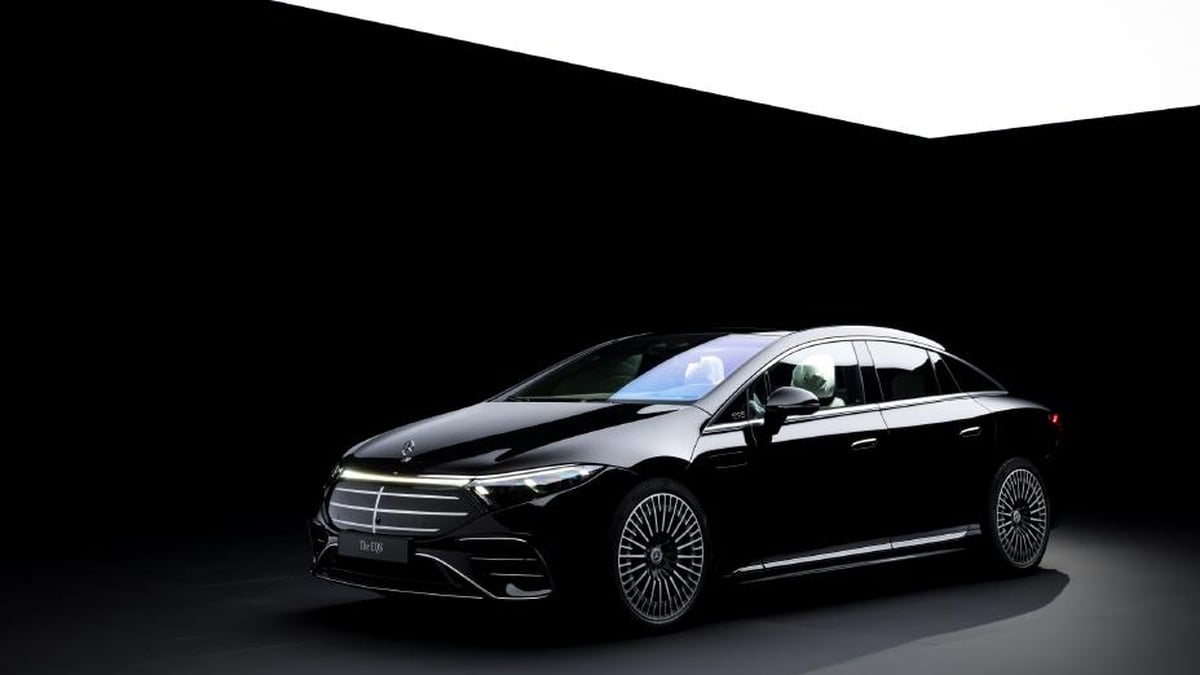
Best case, you’re swapping fuses and a module or two; worst case, you’re staring down the barrel of a parts cannon, each ECU priced like a used Civic. As user gyarbij drily put it,
“It's salvageable with thorough diagnostics, and a ton of time, care, and attention.... The car though is probably screwed.”
The proliferation of “smart” car, computers on wheels, bristling with features, has outpaced our ability to protect them from dumb mistakes, never mind deliberate sabotage.
Mercedes-Benz Sales Numbers From EV
- In 2024, Mercedes-Benz sold approximately 185,100 battery-electric vehicles (BEVs), marking a 23% decrease from the previous year. This downturn was particularly evident in the third quarter, where BEV sales dropped by 31% year-over-year, totaling 42,500 units.
- Contrasting Mercedes-Benz's decline, BMW reported a surge in EV sales, delivering 368,475 fully electric vehicles in 2024. This figure surpasses the combined EV sales of both Mercedes-Benz and Audi, highlighting BMW's significant growth in the electric segment.
- Despite a slight reduction in market share, Tesla remained the leading EV manufacturer in the U.S. in 2024, accounting for 49% of all EVs sold. While this represents a decrease from 55% in 2023, Tesla's dominance underscores the competitive challenges faced by traditional automakers like Mercedes-Benz in the EV market.
An old Benz with a dead alternator could be coaxed home with jumper cables and a prayer; today’s models, after a five-second surge of malicious voltage, may never wake up again..
The Mercedes In The Driveway
And so, as this Mercedes sits in a driveway, awaiting either resurrection or the scrap heap.
Are we sacrificing too much reliability for the sake of innovation? Have modern cars become too complex for their own good? Share your thoughts in the comments below.
Image Sources: Mercedes Newsroom
Noah Washington is an automotive journalist based in Atlanta, Georgia. He enjoys covering the latest news in the automotive industry and conducting reviews on the latest cars. He has been in the automotive industry since 15 years old and has been featured in prominent automotive news sites. You can reach him on X and LinkedIn for tips and to follow his automotive coverage.


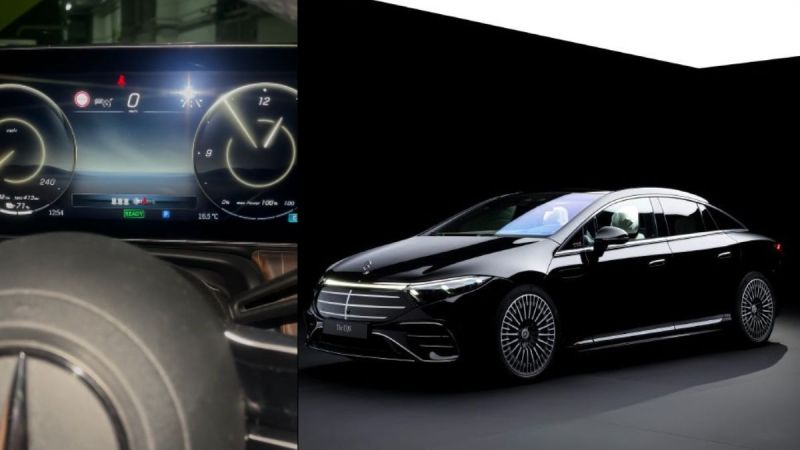





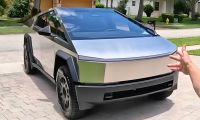


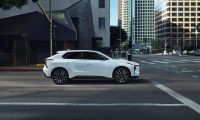
Comments
Aww, did the gun nick you…
Permalink
Aww, did the gun nick you when you were getting fleeced? Who needs voltage protection circuits and redundant electronics on an economy vehicle?
Thee curse of the Biden…
Permalink
In reply to Aww, did the gun nick you… by Nobody Important (not verified)
Thee curse of the Biden Mobile strikes again... and again
If you think that gasoline…
Permalink
In reply to Thee curse of the Biden… by Andreu (not verified)
If you think that gasoline powered vehicles are not just as dependant upon electronics your deluding yourself. The fuel is dispensed I to the cylinders with electronically controlled fuel injectors. Carburetors are long gone. The spark and ignition timing is controlled by a computer that reads a crank angle sensor and triggers a coil pack on each plug to fire at the right time. The fuel pump is switched on by the power train control module. The valve valve timing is adjusted "cam phaser" that is under control of the power train control module. The transmission no longer has a hydraulic controlled valve body that controls hydraulic pressure to change gears and switch operating modes , it has a pack of solenoid valves that control the transmission under direction of the transmission control module. If the sensors fail, sometimes the computers can switch into a failsafe mode and the car still moves. EVs do the same thing. But in the event of a catastrophic failure of one or more of the critical control modules, your done. Without the PCM, there's just no spark and the valves don't open at the right time. Without the TCM, the transmission won't even shift into gear. There are no lore mechanical linkages. It's all electronic sensors monitored by the control modules.
It may make you feel safer that you don't have one of those EVs so you don't have to worry about such things but your kidding yourself.
The real problem is just lazy engineering. External connections should be isolated from the rest of the vehicle to prevent damage that would disable critical vehicle functions. It's not hard. There are electronic components available that are made up isolated and protected against exactly those things. A common method is an optocoupler. It's a photo diode or photo transistor paired with a LED, usually in a 4 of 6 pin package. A voltage spike on one side will usually blow out the optocoupler but everything beyond it is fine.
Another thing to remember is , a given manufacturer tends to build their electric vehicles similarly to their gas vehicles. Just look at Chevy. The in car displays are virtually identical across both electric and ICE vehicles. The major difference is the power train, transmission, and traction battery control modules. But they use a similar design for the interconnections between the modules. If an EV is acceptable to a particular attack, the gasoline vehicle will be as well.
In fact USB, by standard, is…
Permalink
In fact USB, by standard, is supposed to have overvoltage and surge suppression, overcurrent protection, and built in fuses so worst case you burn out one USB port. Obviously plugging a USB killer in is a bad idea but this is on Mercedes if they didn't follow the spec.
I have seen this general issue -- EVs all too often, they decide to also redo ALL the vehicle electronics, and seem to have thrown the protections designed into the systems on gas powered models out the window.